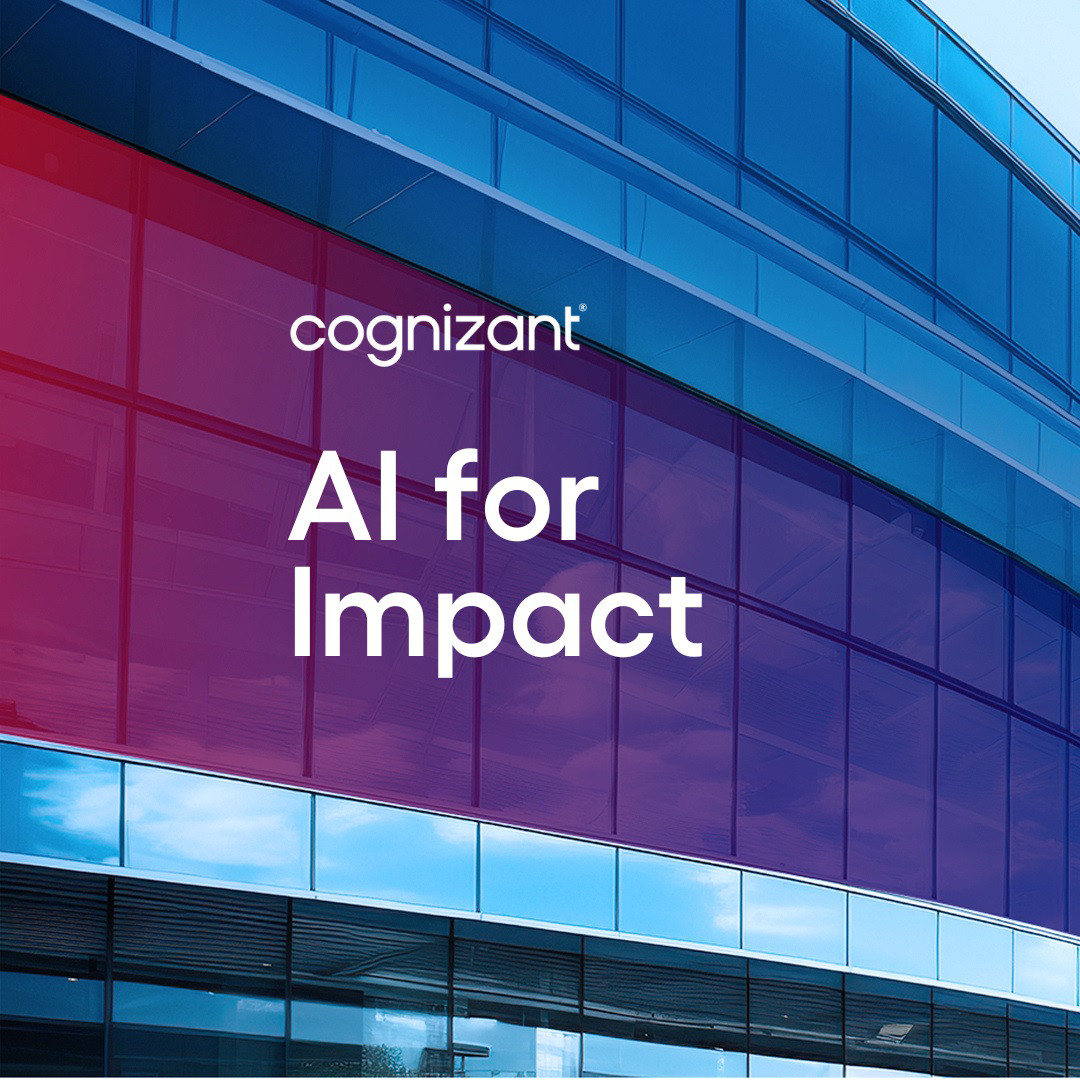What is cloud infrastructure?
Cloud infrastructure refers to the back-end stack of hardware and software components—such as server hardware, storage, networking gear and virtualization software—that forms the underlying layer for the cloud deployment models infrastructure as a service (IaaS), platform as a service (PaaS), containers as a service (CaaS) and software as a service (SaaS).
What are the business benefits of cloud infrastructure?
Among the most significant business benefits of cloud infrastructure are:
- Flexibility and scalability. Cloud infrastructure offers a high level of flexibility and unlimited storage space, so businesses can instantly scale up or down to meet demand.
- Business continuity. Data stored in the cloud is mirrored across another server/location, so if one fails, data is instantly backed up.
- Cost efficiency. Pay-per-use, consumption-based models let businesses use only as much space as needed, with real visibility and cost controls.
- Improved collaboration. Cloud infrastructure enables groups and communities in different locations to work together and access the same files, significantly enhancing collaboration.
- Automatic software updates. Many cloud service providers offer regular maintenance, security updates and around-the-clock services.
- Enhanced mobility. With cloud infrastructure, employees can gain access to data and applications from anywhere, any time and with any device.
- Automation-enabled agility. Cloud infrastructure services are designed to be heavily automated and self-provisioning, so end users can quickly scale up and down without manual intervention.
- Improved UX. Cloud infrastructure increases service levels, reduces service outages and improves the customer experience.
What activities are typically included in developing a cloud infrastructure?
- Cloud strategy development. Defining your vision and developing a comprehensive roadmap to realize the optimal cloud deployment for your opportunities and challenges.
- Cloud migration. Making a smooth, seamless transition to cloud-based solutions, accelerating business transformation through a preferred cloud model. Leveraging proven methodologies, migration frameworks, blueprints and partners to facilitate a rapid, low-risk and minimally disruptive cloud migration.
- Cloud management and operation. Utilizing one or more as-a-service options to ensure the cloud experience remains optimal and aligned with your clinical and business objectives. Ensuring that applications and platform services remain in an optimal state and that you continue to have all the cloud resources you need without paying for any you don’t.
What objectives can be achieved with a successful cloud infrastructure?
- Data center modernization. Modernizing your existing data center infrastructure and applications by migrating to a cloud Infrastructure as a Service (IaaS) or Platform as a Service (PaaS) to make it highly scalable, elastic, redundant, secure, cost-efficient, standardized and more productive while delivering higher value.
- Agile engineering environments. Leveraging IaaS or PaaS to optimize the engineering value chain—from development to test to operations—to eliminate wasted effort and enhance the quality and speed of results while reducing costs. Agile engineering environments empowered by a rich DevOps methodology can transform previously fragmented and siloed activities into cohesive, coordinated workflows that reduce duplication of efforts, conflicts in methodologies and practices, and uncertainties around the timely availability of resources. As a result, engineering teams are more productive and infrastructure costs are reduced.
- Resilient web platforms. Migrating web applications and websites to cloud and IaaS/PaaS to improve end-user experience, accelerate new-feature rollouts, reduce infrastructure costs and increase performance and availability. Where an application or website already exists, assessing its architecture and performance, identify any gaps, and remediate as required. Identifying and implementing tools, technologies and strategies for fast efficient migration to the new environment and optimum, resilient and scalable performance of the application or website once migration is complete.
- Intelligent data platforms. Developing optimum cloud-based analytics, big data and IoT solutions where data can’t be leveraged for innovation, data management is too expensive, or the existing data infrastructure is not secure and scalable. Combining best-of-breed technologies with cloud-based infrastructures and platform services to deliver modern, scalable and robust solutions that facilitate business operations and create opportunities for rapid, game-changing innovations.
- Enterprise apps on cloud: Migrating commercial off-the-shelf (COTS) enterprise apps to the cloud in scenarios where poor scalability, inadequate performance, lack of standardization, under-utilization of asset-heavy resources or other challenges impede organizational agility and speed. Assessing existing requirements, applications, infrastructure, architect/rearchitect the solution, roadmap the migration and provisioning the target environment for optimum scalability, resilience, and performance.
- Workplace cloud solutions: Moving desktops and workspace solutions to cloud to improve user productivity, reduce the number and seriousness of helpdesk calls, enhance business continuity, speed new-feature rollouts and reduce costs.



















